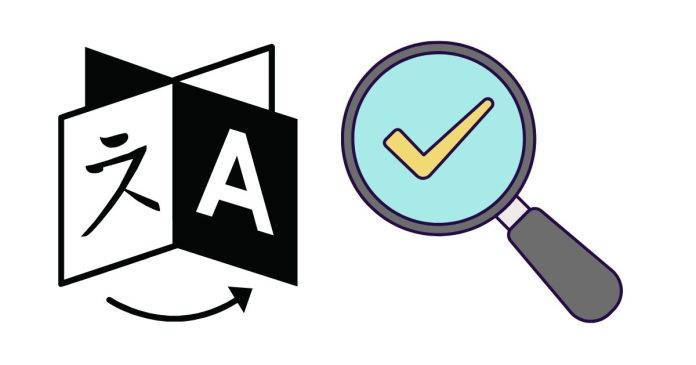How to Identify Figurative Language
Figurative language is a powerful tool in both writing and speech, allowing authors and speakers to convey ideas in creative and impactful ways. But how can you recognize figurative language when you come across it? Here’s a guide to help you identify and understand the most common types of figurative language.
1. Recognize Non-Literal Meaning
The hallmark of figurative language is that it goes beyond the literal meaning of words. If a phrase doesn’t make sense when interpreted literally, it’s likely figurative. For example:
- Literal: “He runs fast.”
- Figurative: “He runs like the wind.”
The second example uses a simile to compare the speed of running to the wind.
2. Look for Comparisons
Many forms of figurative language involve comparisons. Watch for words like “like,” “as,” or implied comparisons without these words:
- Simile: Uses “like” or “as” (e.g., “She’s as brave as a lion.”)
- Metaphor: Directly states the comparison (e.g., “Time is a thief.”)
3. Pay Attention to Exaggeration
Exaggeration or understatement often signals figurative language:
- Hyperbole: Extreme exaggeration for emphasis (e.g., “I’ve told you a million times.”)
- Understatement: Downplaying something for effect (e.g., “It’s just a scratch,” when referring to a major injury).
4. Listen for Sounds and Rhythms
Some figurative language appeals to the ear:
- Alliteration: Repetition of initial consonant sounds (e.g., “Peter Piper picked a peck of pickled peppers.”)
- Onomatopoeia: Words that imitate sounds (e.g., “buzz,” “clang,” “whisper”).
5. Detect Symbolism
Figurative language often involves symbols that stand for something beyond their literal meaning:
- Symbolism: An object, character, or action represents a larger idea (e.g., “A dove represents peace.”)
6. Identify Contradictions
Some forms of figurative language play with opposing ideas or expectations:
- Oxymoron: Combines contradictory terms (e.g., “jumbo shrimp,” “deafening silence”).
- Irony: Implies the opposite of what is said (e.g., saying “Great weather we’re having,” during a storm).
7. Spot Personification
Look for inanimate objects or animals described with human traits:
- Personification: Assigns human qualities to non-human things (e.g., “The wind whispered through the trees.”)
Practice Makes Perfect
The more you read and listen, the better you’ll become at identifying figurative language. Poetry, novels, speeches, and songs are great places to find rich examples.
By learning to recognize figurative language, you can enhance your appreciation of literature and communication—and perhaps even use it more effectively in your own writing!


